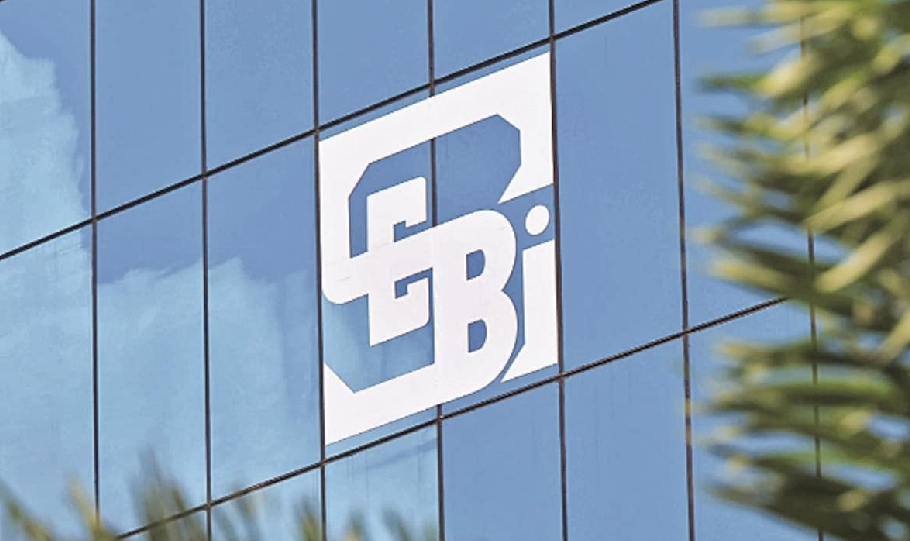
SEBI proposes to cut down IPO listing timeline from 6 days to 3 days

Capital market regulator Securities and Exchange Board of India (SEBI) has proposed to reduce the time taken for the listing of shares on stock exchanges after the closure of initial public offerings (IPOs) from the existing six days to three days.
The proposed reduction in timelines for listing and trading of shares will benefit both issuers as well as investors. “Issuers will have faster access to the capital raised thereby enhancing the ease of doing business and the investors will have opportunity for having early credit and liquidity of their investment,” SEBI said in its consultation paper.
Also read: SEBI proposes new AIF framework to strengthen corporate governance rules
The market regulator, in November 2018, introduced Unified Payment Interface (UPI) as an additional payment mechanism with Application Supported by Blocked Amount (ASBA) for retail investors and prescribed the timelines for listing within six days of closure of issue (T+6). T is the day of closure of the issue.
Over the last few years, SEBI has ensured that a series of systemic enhancements have been undertaken across all the key stakeholders of the IPO ecosystem to streamline the activities involved in the processing of public issues which will pave the way to reduce the listing timelines from T+6 to T+3.
Also read: Sebi proposes uniform total expense ratio for mutual funds
In its consultation paper, SEBI has suggested the reduction of the time period from the date of issue closure to the date of listing of shares through public issues from the existing six days to three days (T+3).
The SEBI has sought comments from the public till June 3 on the proposal. This comes after SEBI has done extensive back-testing and simulations by all stakeholders including stock exchanges, sponsor banks, NPCI, depositories and registrars in respect of various key activities involved in the public issue process.
(With agency inputs)

